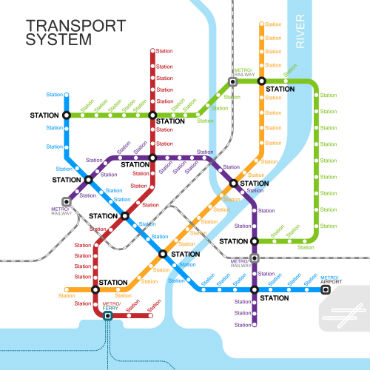DOT launches open data push to build National Transit Map

The Department of Transportation is asking local and state transit agencies to share their data in an open format for a national transit map.

Open data detailing U.S. public transportation systems could help the Department of Transportation pinpoint areas across the country where people are experiencing gaps in public transportation.
App developers are already using open data about public transportation to give people the most up-to-date transit information. Apps designed using Boston transit open data, for example, measurably increased the number of people using public transportation in that city, according to American Public Transportation Association research.
DOT wants open data to go cross-country with the creation of a National Transit Map. Transportation Secretary Anthony R. Foxx wrote a letter to local and state transit agencies asking them to share the link to their data in a public domain, General Transit Feed Specification format. DOT would take a periodic snapshot from the local agencies’ feeds so their routing and schedules can be incorporated into the national map. Data collection would occur no more than once a month.
“With this information in hand, DOT, planning agencies, and researchers can do a far better job of demonstrating the importance and role of transit in American society, and identify and address gaps in access to public transportation,” Foxx wrote in the letter.
On March 31, the first National Transit Map Collection Day, DOT will crawl all registered open data sets and begin processing them. The national map will show the stops, routes, and schedules for all transit agencies. Right now, about half of U.S. transit agencies, including almost all major cities, already collect open data and either share it through their web sites or provide it directly to private companies.
And for governments that share transit data, there are other benefits as well. A report from the Transit Cooperative Research Program found that 66 percent of responding agencies said providing open data caused people to perceive them as more transparent and open; 78 percent said the public became more aware of public transit services through open data. The report also found internal benefits for transit agencies, including improved use of web services and other IT infrastructure.
NEXT STORY: 7 Iranians Indicted for Hacking


